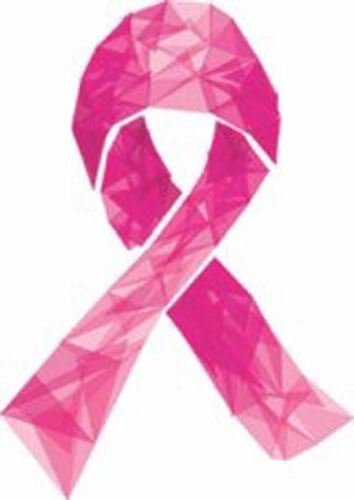Annual mammograms are widely recommended for women beginning at age 40. Some estimates suggest that more than 48 million mammography screenings are performed in the United States every year.
Whether it is a woman’s first mammography or her 20th, preparing for the appointment can ease anxiety and make the experience go more smoothly. The following are some guidelines to consider when preparing for a mammography visit:
Choose a reputable and certified facility. Select a radiology center that is certified by the Food and Drug Administration, which means it meets current standards and is safe. Many women also prefer to select a facility that is covered by their health insurance. Plans usually allow for one mammogram screening per year.
Time your visit. Schedule the mammogram to take place one week after your menstrual period if you have not reached menopause. Breasts are less likely to be tender at this time. Also, schedule your visit for a time when you are not likely to feel rushed or stressed. Early in the day works best for many.
Dress for the occasion. Two-piece ensembles enable you to only remove your shirt and bra for the examination. A blouse that opens in the front may be optimal. Some facilities require you to wear a paper gown for the exam.
Watch your grooming practices. You’ll be advised to abstain from wearing powder, perfume, deodorant, ointment, and lotions on the chest or around the area. These substances may look like an abnormalities on the mammogram image, potentially resulting in false positive diagnoses.
Take an over-the-counter pain medication. Mammograms are not necessarily painful, but they can put pressure on the breasts, which creates discomfort. Breasts are compressed between a plastic plate and the imaging machine. This spreads out the tissue and helps create a clearer picture. If your breasts are tender, medications like acetaminophen or ibuprofen taken an hour before the appointment may ease discomfort.
Expect a short visit. Mammogram appointments typically last around 30 minutes. The technician will mark any moles or birthmarks around the breasts so they can be ignored on the imaging. You’ll be asked to hold your breath as the images are taken. If the images are acceptable, you are free to go. But new images may be needed in some instances.
Mammograms are now a routine part of women’s preventative health care. The procedure is simple and appointments are quick and relatively painless.























